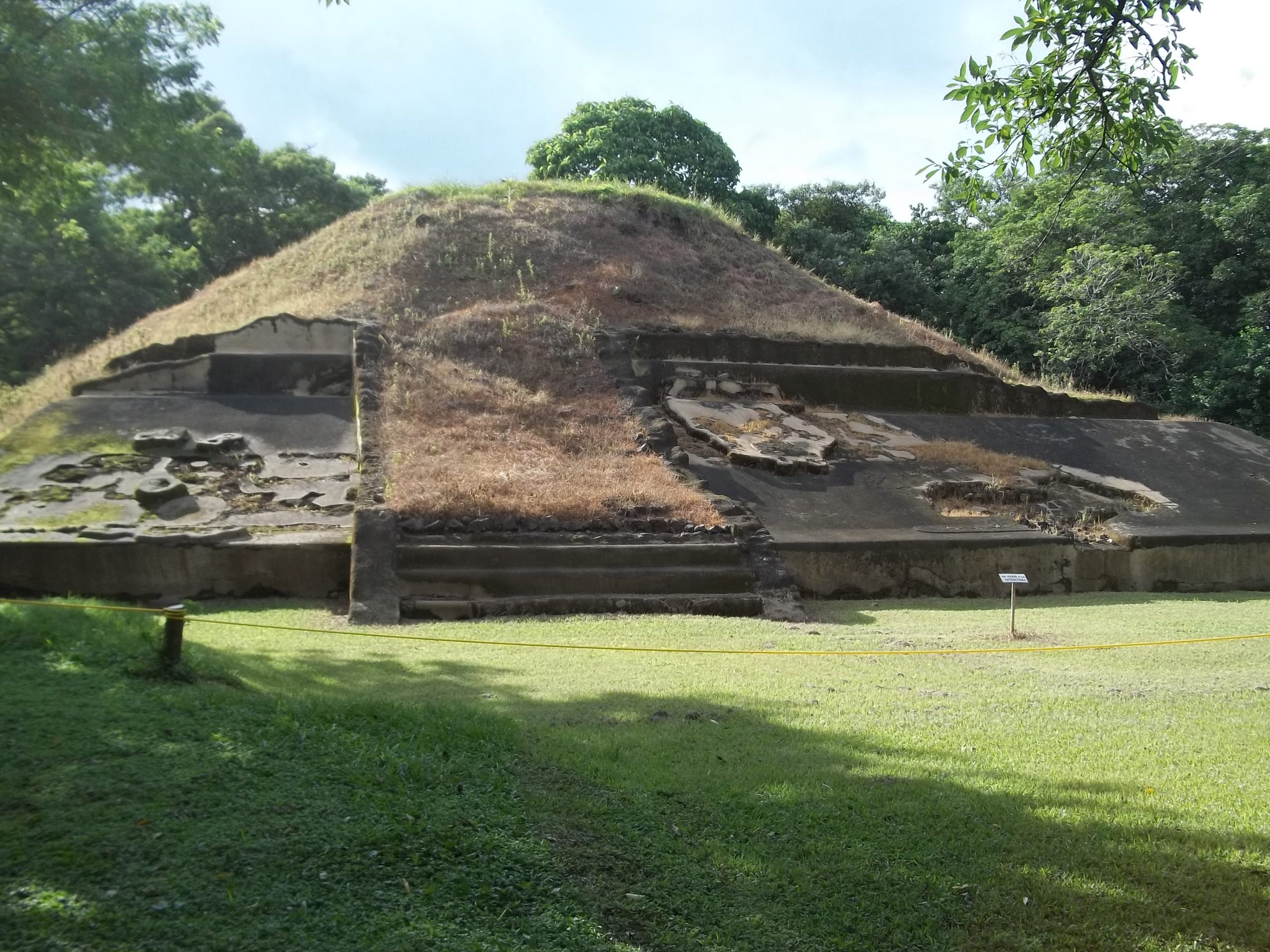The Casa Blanca Archaeological Site: A Window into Pre-Columbian El Salvador
The Casa Blanca archaeological site, situated in the Chalchuapa archaeological zone within the municipality of Santa Ana, El Salvador, offers a profound glimpse into the pre-Columbian history of the region. This site, once a coffee plantation, now serves as an archaeological park, revealing the layers of history that have shaped this area of western El Salvador.
Get your dose of History via Email
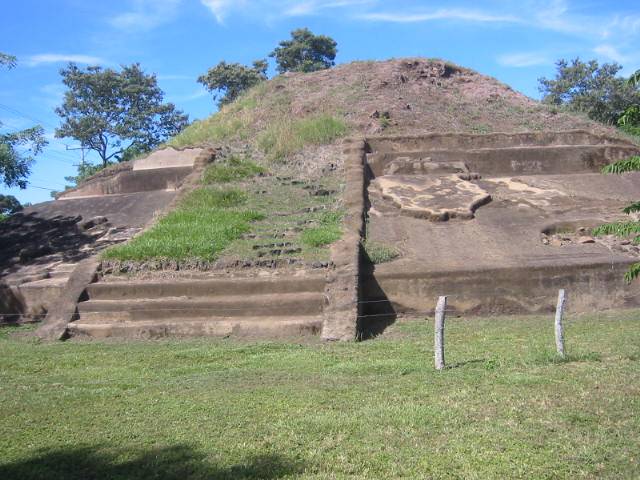
Historical Occupation and Architectural Influence
Archaeological evidence indicates that the initial occupation of Casa Blanca began around 200 BC, during the late Preclassic period. The construction of a large pyramidal Platform and other structures in the first century AD marked a significant expansion of the site, which was initially an extension of the ceremonial center at the El Trapiche archaeological site. The occupation of Casa Blanca continued through the Late Classic period (600 AD – 900 AD) and saw intermittent use for burials and pilgrimages during the Postclassic period (900 AD – 1520 AD). The architectural styles of Casa Blanca were influenced by Kaminaljuyú during the late Preclassic period and by Copán and Teotihuacán during the Classic period.
In 1976, Casa Blanca, along with other pre-Columbian sites, was declared a National Archaeological Monument by Legislative Decree No. 508, highlighting its significance in the cultural heritage of El Salvador.
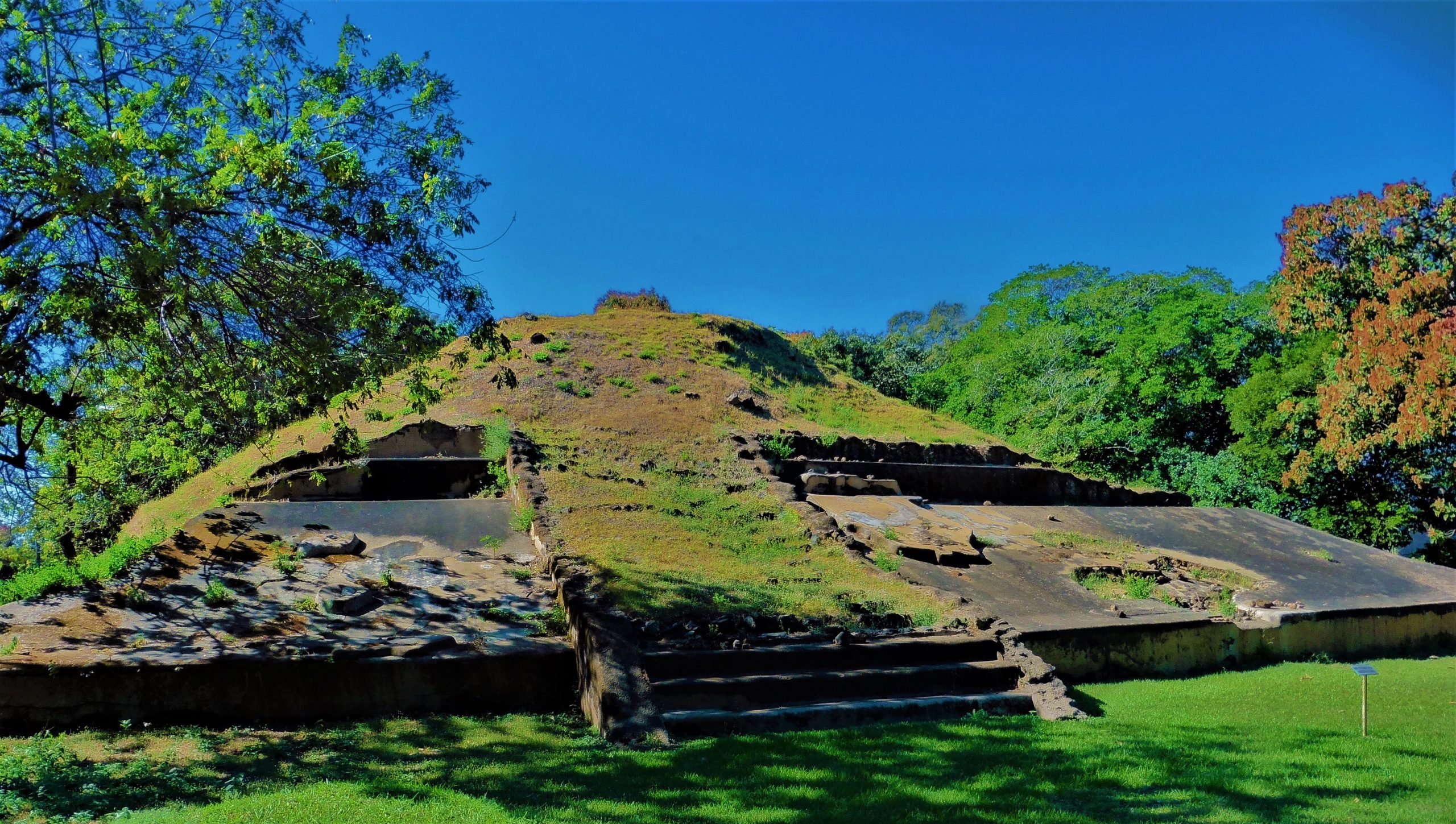
The Structures of Casa Blanca
Casa Blanca is home to 15 structures, with six located within the archaeological park. These include notable structures such as C1-1 and C3-6, which are believed to have served ceremonial functions. The large platform, constructed at the end of the late Preclassic period, forms the foundation for most of the site’s structures. This platform, made of roughly broken stones, measures approximately 2 meters in height and spans 240 meters from north to south and 220 meters from east to west.
Research conducted by Robert J. Sharer and the University of Pennsylvania in the 1970s suggests that certain structures had ceremonial purposes, while others served as residential platforms for the city’s political and religious elites.
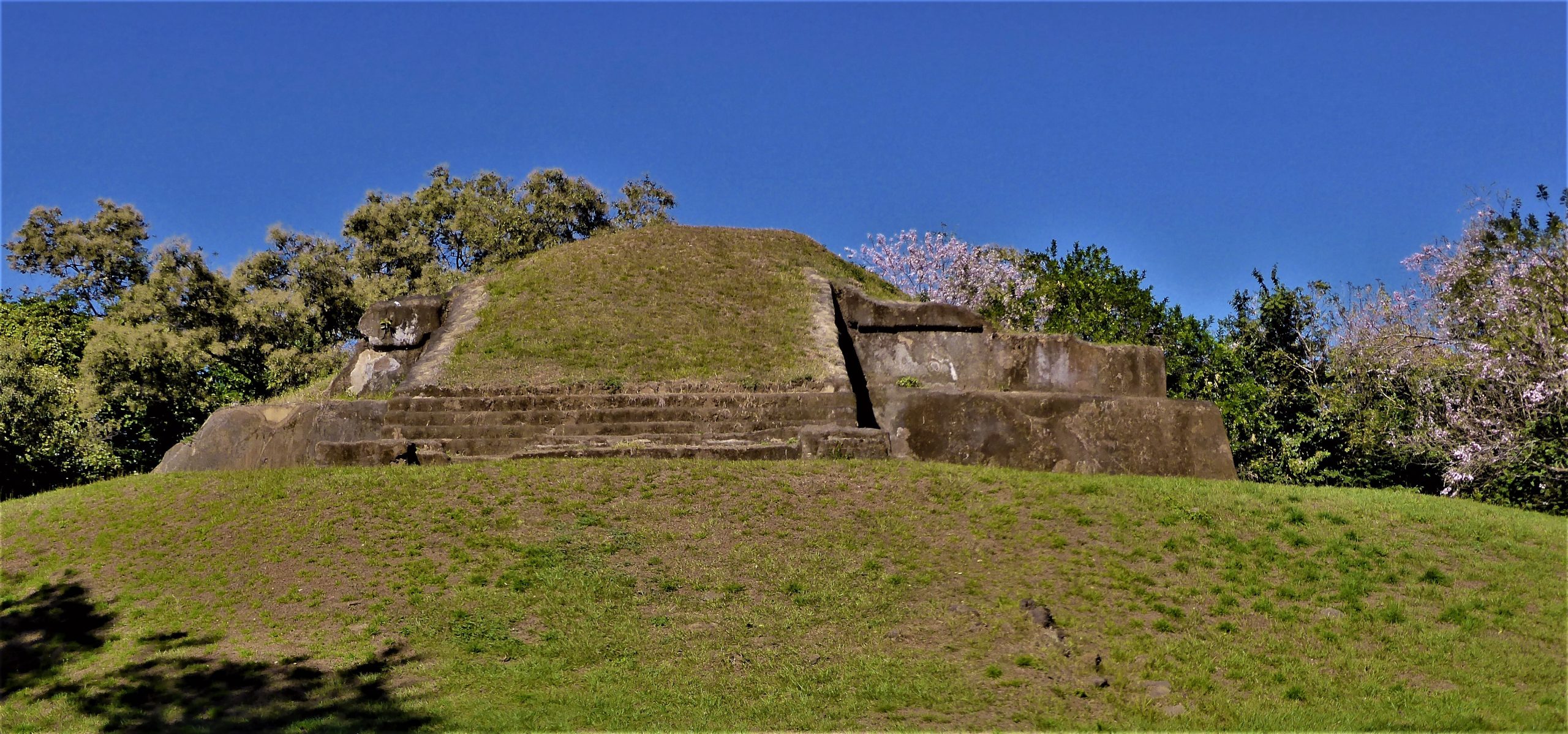
Discoveries and Excavations
Excavations at Casa Blanca have revealed a wealth of information about the site’s history and the people who lived there. A test trench excavated in the area of the ramp of the large platform uncovered geological layers, ceramic pieces, and evidence of early construction phases. The deepest layers of this trench contained low concentrations of pottery sherds, metates, obsidian, and figurines, indicating early human activity at the site.
The museum at Casa Blanca provides insights into the site’s geological layers and the artifacts discovered during excavations. Among the notable finds are monuments depicting zoomorphic figures and a deteriorated jaguar head, adding to the understanding of the site’s ceremonial significance.
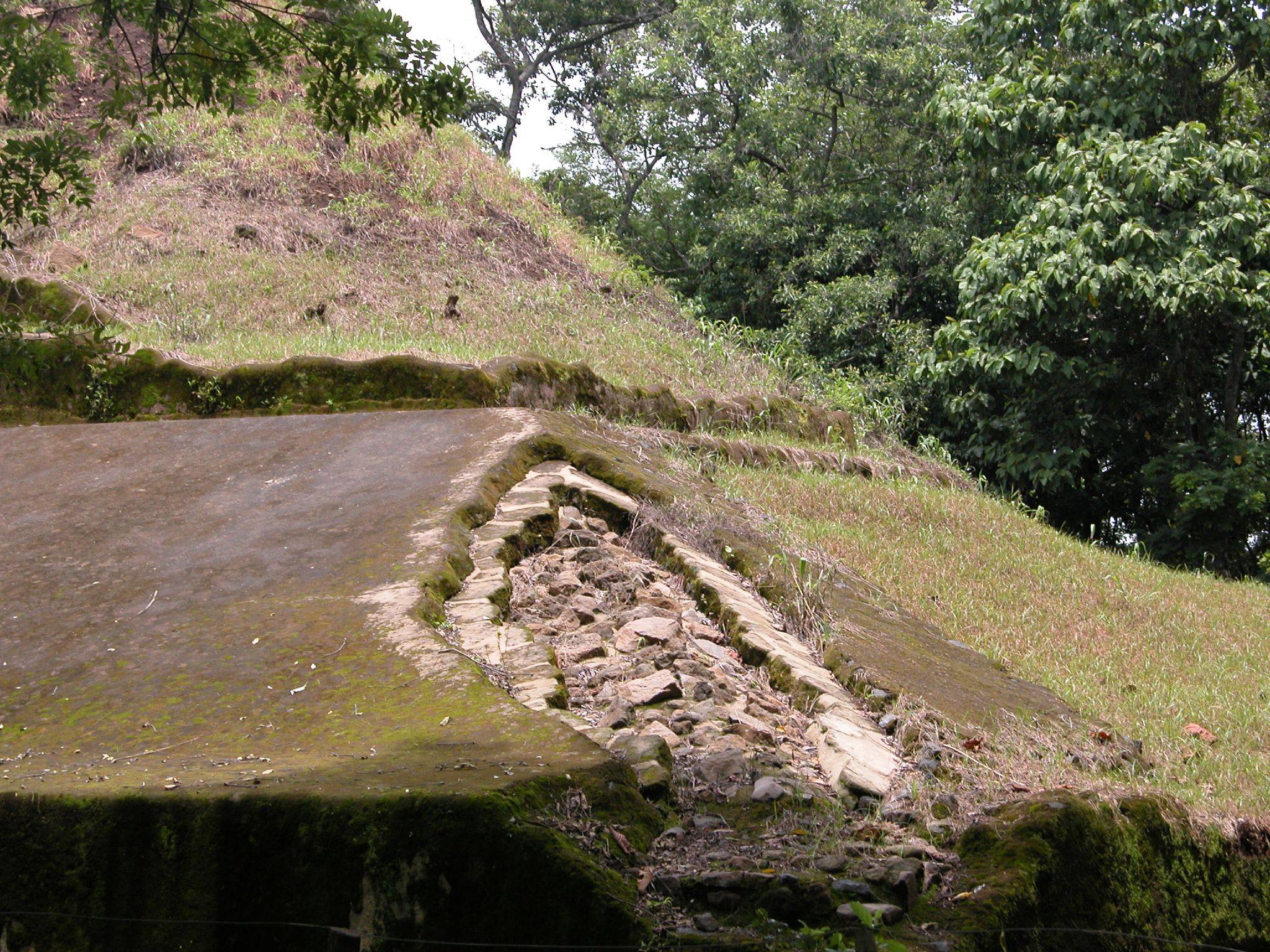
The Significance of Casa Blanca
The Casa Blanca archaeological site offers invaluable insights into the pre-Columbian history of El Salvador. Its structures and artifacts reveal the complex social, political, and religious practices of the people who inhabited this region. The site’s connection to other significant Mesoamerican cultures, such as the Maya, further underscores its importance in understanding the broader pre-Columbian world.
As an archaeological park, Casa Blanca serves not only as a research site but also as an educational resource, providing a tangible link to El Salvador’s ancient past. The ongoing study and preservation of Casa Blanca are crucial for fostering a deeper appreciation of the rich cultural heritage of the Americas.
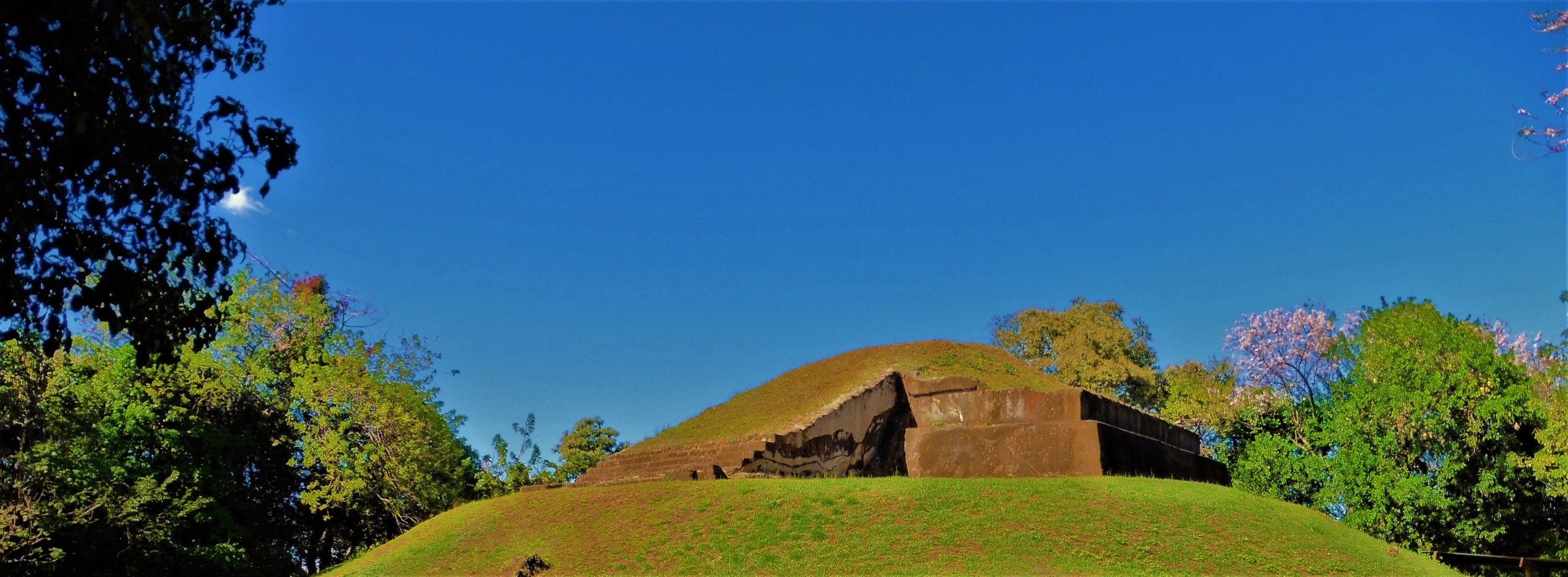
Sources:

